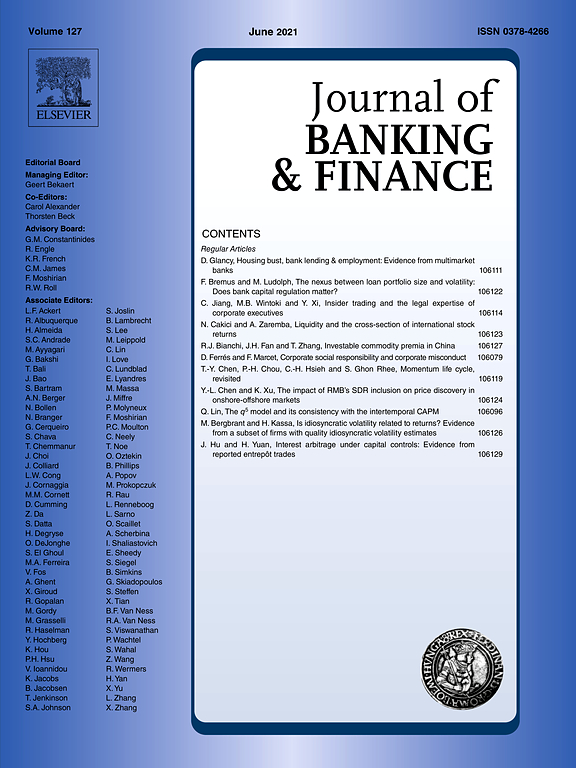
Accounting for Distress in Bank Mergers
Most bank merger studies do not control for hidden bailouts, which may lead to biased results. In this study we employ a unique data set of approximately 1000 mergers to analyze the determinants of bank mergers. We use undisclosed information on banks’ regulatory intervention history to distinguish between distressed and non-distressed mergers. Among merging banks, we find that improving financial profiles lower the likelihood of distressed mergers more than the likelihood of non-distressed mergers. The likelihood to acquire a bank is also reduced but less than the probability to be acquired. Both distressed and non-distressed mergers have worse CAMEL profiles than non-merging banks. Hence, non-distressed mergers may be motivated by the desire to forestall serious future financial distress and prevent regulatory intervention.





